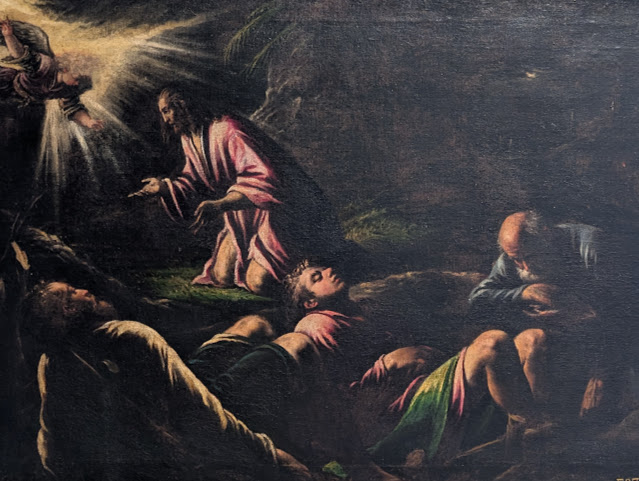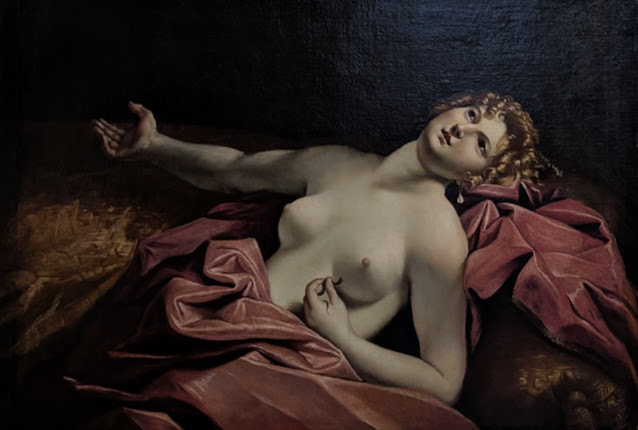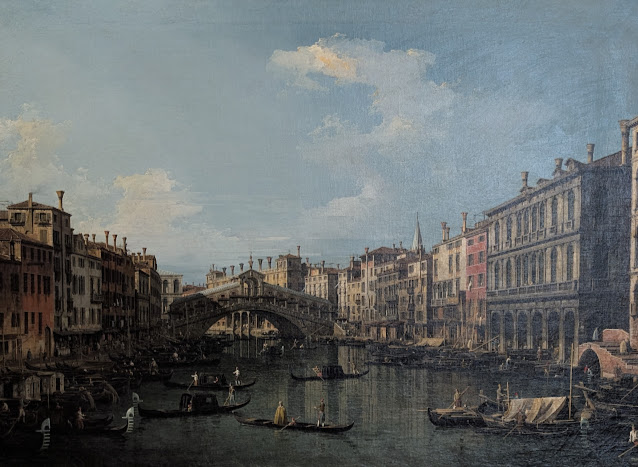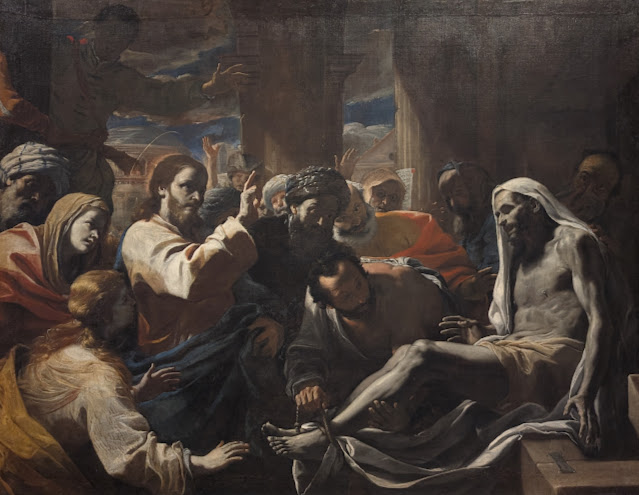I’m a huge fan of Pieter de Hooch’s genre paintings.
In this blog post, I wanted to share 2 outstanding paintings at London’s NG.
✲✲✲✲✲
The Courtyard of a House in Delft by Pieter de Hooch (1658)
I love this painting. I always make a beeline to see it in room 16.
It has an intensity (an assiduousness) that is captivating as well as charming.
It’s in my favourite 10 paintings of the National Gallery.
Pieter de Hooch was a master painter of the Dutch Golden Age. He moved to Amsterdam in 1660 and art history explains a shift from his earlier Delft art - genre paintings focused on the ordinary people in their homes and courtyards.
The little girl is the centre of the painting, and the source of the painting’s warmth and charm. A statement about a well-ordered & healthy home? Perhaps. But interesting that he paints the other lady with her back to us.
De Hooch’s power in the use of light is not only masterful (e.g. soft shadows in the archway for depth) but powerful in its interaction with luminous flowers and foliage. To me, it seems to recreate that afternoon sunny effect in which flowers & plants appear to glow with a beautiful intensity.
As for the brickworks, my goodness. To me, it seems he treats the brickworks like nature itself. He treats it as a subject worthy of delicacy and meticulousness. I discovered on wikipedia that his father, Hendrick Hendricksz de Hooch, was a bricklayer. So that explains that. De Hooch paints every single brick with mortar between them and expertly weaves them together to stunning open-mouthed effect.
✲✲✲✲✲
A Woman and her Maid in a Courtyard by Pieter de Hooch (1660)
A bit of mystery here.
There is a sense of unease or tension in the relationship between the woman and her maid.
The maid seems to be cooking some food. Perhaps a stew, a cooking pot in front of her (black) on a little fire of sorts. Next to a waterpump to cook with? Broom to sweep (same broom as the The Courtyard of a House above).
The woman in the courtyard looks like the woman of the house. Seemingly wealthy (finer clothing), she seems to be looking at the maid closely with hands outstretched (as if to say “well?”). It’s a bit of an unease - like she’s keeping an eye on her. It could be a snapshot of daily life. Though, the girl/maid on floor seems to have a frown and eyes are looking downwards. It’s interesting that De Hooch doesn’t show us the woman’s face - perhaps to depersonalise her? Make us aware of her function in the everyday daily life - but no more? Because we empathise with the maid. But, who knows if this is supposed to have moral overtones?
The bricks - warm reddish coloured walls are beautiful against the yellow-ey floor. A detailed analysis of how light and shadow play across the brickworks. Here they’re slightly uneven and slightly worn. Fascinating golden cloth/tapestry - it could be a visual enhancement (adding a contrasting colour) or simply a visual detail familiar to the original patrons.
Outstanding.














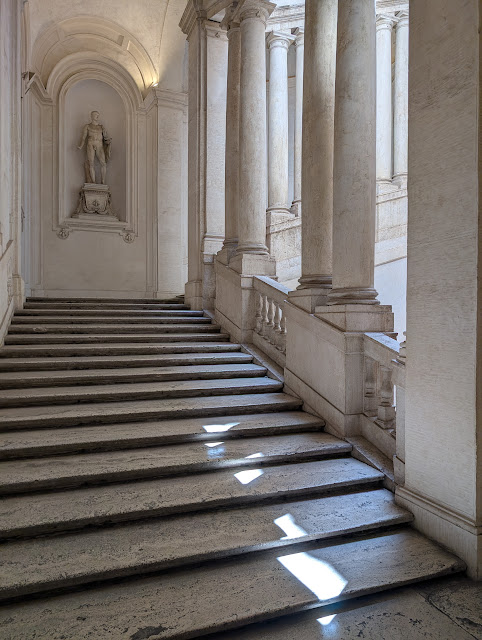







.jpg)
























